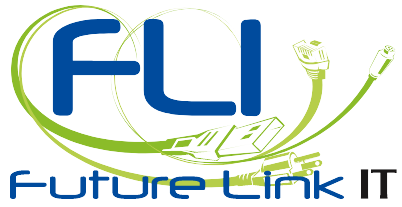In today’s business world, IT has transitioned from a tool for enhancements to a foundational pillar that companies must prioritize. IT has firmly established itself as a central component across various industries by catalyzing innovation, improving efficiency and enhancing competitiveness. Organizations must learn to align their IT budgets with their business goals to maximize every dollar. This blog will discuss the critical importance of strategic IT budgeting for organizations aiming to achieve growth, innovation and overall success.
Let’s look at eight IT budgeting best practices:
- Enable Innovation: Innovation is the lifeblood of any organization looking to thrive. Strategic IT budgeting empowers organizations to invest in cutting-edge technology and solutions that drive innovation. Whether adopting AI and machine learning for data analysis or implementing IoT devices for real-time insights, a well-rounded IT budget allows businesses to stay ahead of the curve and gain a competitive advantage.
- Enhance Operational Efficiency: Efficiency is a crucial driver of growth. Strategic IT budgeting enables organizations to identify and prioritize technology investments that streamline operational activities. These activities may include automating repetitive tasks, optimizing supply chain management or improving customer service through digital channels. Businesses can allocate resources more effectively and redirect savings toward growth initiatives by enhancing efficiency.
- Align with Big-Picture Goals: Successful organizations have a clear vision and strategic goals. IT budgets should align with these objectives to ensure technology investments directly contribute to realizing these goals. Whether expanding into new markets, launching new products or improving customer engagement, IT budget planning should support the broader business strategy.
- Strengthen Security: With the increasing dependency on digital infrastructures, cybersecurity has become a top concern for businesses. A strategic IT budget allows for investments in robust security measures and risk management strategies — critical factors in sustainable growth. Organizations can protect their assets and reputation by proactively addressing security threats.
- Leverage Scalability and Flexibility: Businesses are dynamic, and their IT needs evolve over time. Strategic IT budget management takes into account scalability and flexibility. It allows organizations to adapt to changing market conditions, seize new opportunities and respond to emerging challenges without being constrained by budgetary limitations.
- Maximize ROI: One of IT budgeting’s best practices is making informed investment decisions. It involves evaluating each IT project’s or initiative’s potential return on investment (ROI). Organizations can ensure that IT spending contributes directly to growth and profitability by prioritizing projects with the highest ROI and regularly monitoring their performance.
- Empower Data-Driven Decision-Making: Data is a valuable asset in the working landscape. A strategic IT budget should include data analytics and business intelligence tools investments. These technologies empower organizations to gather insights, make informed decisions and identify new growth opportunities.
- Adhere to Compliance Requirements: The right IT budget ensures your documentation stays current with legal updates, prepares you for incident responses and helps you proactively address regulatory challenges and demonstrate commitment to industry standards.
Final Note: Aligning IT budgets with strategic objectives is not an option; It is a necessity for organizations aiming for sustained growth, innovation and overall success. Businesses can leverage IT as a strategic asset, enabling them to innovate, optimize operations, manage risks and respond to market dynamics effectively. At Future Link IT, we can help you plan, build and implement a strategic IT budget to help your business thrive. Contact us today to get the ball rolling.

